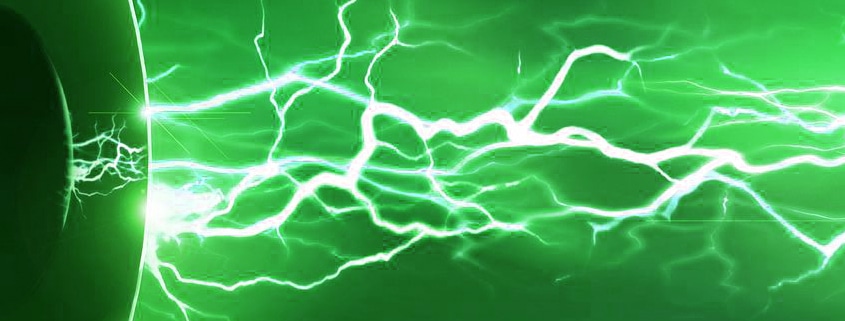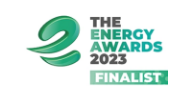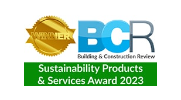In this three-part series, Adveco has so far addressed the role of air source heat pumps and solar thermal as a source of low carbon preheat, in this final part, we consider the future of gas and the adaptation to all electric applications for implementing more sustainable hot water in commercial buildings.
Read Part 1 Sustainability & Hot Water – Which Path Is Right For Commercial Properties?
Read part 2 sustainability & Hot Water – Using The Sun
Despite the pressure to address carbon emissions in building stock in the UK, the fact is we are still waiting for clear advice at a government policy level. The final decision on energy solutions remains unresolved. So do you opt to go all electric with equipment now on the basis that the grid will become zero carbon or hold out for the option of carbon-free gas such as Hydrogen, which in terms of infrastructure change and refurbishment would be potentially quicker, cheaper and less disruptive.
As indicated, if your building has a gas connection and has high hot water demands it remains the most cost-effective option. Additionally, new gas-fired appliances operate with ever-reduced emissions, and most are ready to accept the initial proposed 20% hydrogen blends in the gas grid as early as 2024 without requiring any alteration. ‘Hydrogen Ready’ units are, with a replacement of the burner and pre-mixer, even capable of burning 100% hydrogen, but that scenario is some time away. Should hydrogen be accepted by the government as a function of net zero we would not expect 100% feeds to be in place nationally until 2040 with the grid changeover beginning in the early to mid-2030s. Retaining an existing gas connection, therefore, provides a degree of futureproofing should green gas technology be embraced.
What is clear though is that the latest building regulations (Part L, 2021) have radically revised the carbon intensity of electricity from 519g CO/kWh ten years ago to just 136 today. Gas in the same period has fallen from 240 to 233. Whilst the regulations do not yet exclude gas, they do advantage the adoption of all electric systems. We have demonstrated that renewables have a critical role in reducing the carbon emissions of a system, as well as offsetting the costs of heating water with direct electricity.
Gas-based hot water applications are, by a factor of 3.8, currently cheaper to operate than direct grid-electric systems. Using heat pumps can offset 25-35% of those energy costs, but this still leaves a considerable excess operating charge because of the need to provide top-up energy for safe operating temperatures. Historically, additional system top-up was provided by electric immersions, which for backup purposes and occasional peaks in demand whilst more expensive was acceptable. The shift to fully electric systems has put a greater onus on the technology which was never designed to provide primary heat. The costs are excessive and as we indicated, should they be deployed hard water, can rapidly develop scale leading to permanent damage in a remarkably short time. For this reason, we recommend the replacement of immersion technology with smaller electric boilers that are both more efficient, and, because they operate in a closed loop will avoid the issues of systems scaling up.
Perhaps the most detrimental issue we see today as a result of replacing gas with electricity is the propensity to oversize the new all electric system, replacing gas appliances with electric alternatives with like-for-like capabilities. Hot water systems have been inherently oversized in the past through a lack of understanding of application design or concerns over providing suitable backup to ensure system continuity. The result of oversizing is however always the same, unnecessary capital costs for system supply and installation, but when replacing gas with electricity, oversizing leads to greater electrical demand and should that exceed a building’s available amperage of electrical supply, project installation costs will inevitably soar, or even stall the project.
This can best be avoided by understanding your building’s actual hot water demands and designing the replacement to meet those specific needs. There is an art to designing hot water systems, but real, actionable data is priceless. When considering options for introducing sustainability the best advice we can give is to understand your needs first. Live metering is an easy, non-intrusive way of securing the valuable operational data you need to make informed decisions that deliver on expectations to lower carbon emissions without incurring unforeseen costs.
















